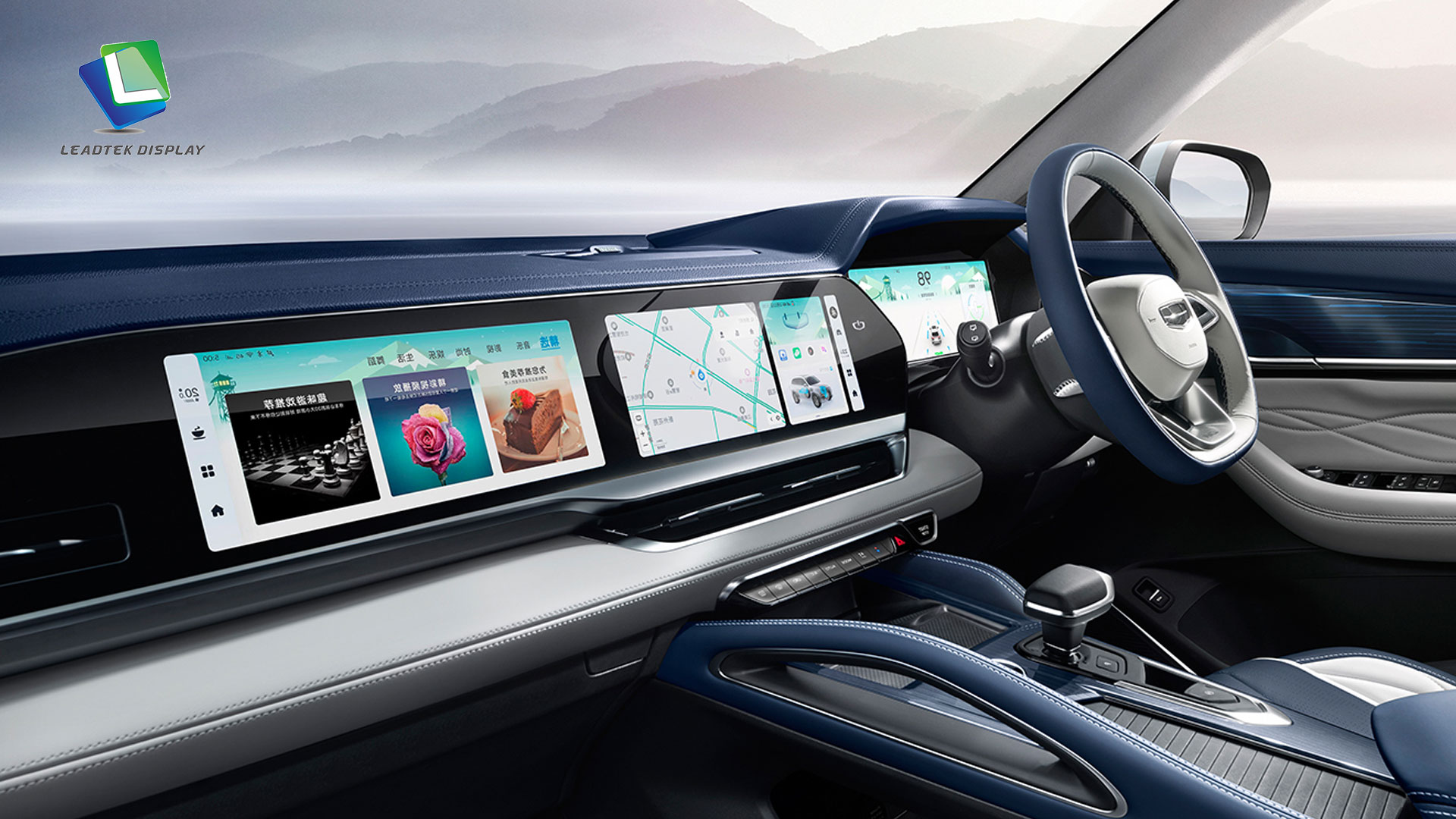The Rise of Vehicle Displays: A New Growth Point in the Challenging Display Industry
The display industry has been facing challenging market conditions, characterized by low growth rates and intense competition. However, amidst this landscape, the vehicle display business has emerged as a new growth point, fueled by the booming new energy vehicle industry. This article aims to delve into the current market trends and growth prospects of the vehicle display business within the context of the thriving new energy vehicle sector.
The Golden Age of New Energy Vehicles:
The global automotive industry is currently witnessing a remarkable surge in the development of new energy vehicles (NEVs), which include electric vehicles (EVs) and plug-in hybrid electric vehicles (PHEVs). Governments across the world are implementing stringent emission regulations and offering incentives to promote the adoption of NEVs. Furthermore, rising environmental consciousness among consumers is driving the demand for sustainable transportation solutions. These factors have created a favorable environment for the exponential growth of the new energy vehicle industry.
Transforming the User Experience:
As vehicle technology evolves, consumers' expectations for enhanced in-car experiences have risen. Traditional dashboards have evolved into sophisticated human-machine interfaces (HMIs) that integrate various functions, such as infotainment systems, navigation assistance, safety features, and vehicle diagnostics. Displays have become a central component of these HMIs, providing drivers and passengers with intuitive and visually appealing interfaces. Consequently, there is an escalating demand for larger, high-resolution displays that offer immersive visuals, transforming the way we interact with vehicles.
Integration of Advanced Technologies:
Vehicle displays are no longer limited to basic information screens. They now incorporate cutting-edge technologies, including augmented reality (AR) displays, heads-up displays (HUDs), and driver assistance systems. AR displays overlay real-time information onto the driver's field of view, enhancing situational awareness and safety. HUDs project essential information onto the windshield, reducing the need for drivers to divert their attention from the road. These technological advancements in vehicle displays are revolutionizing the driving experience and shaping the future of automotive design.
Opportunities for Display Manufacturers:
The rise of the vehicle display business presents significant opportunities for display manufacturers. With the growing demand for high-quality and innovative displays, manufacturers can leverage their expertise in display technology to develop customized solutions for automotive applications. Collaborations between display manufacturers and automakers have become more prevalent, leading to the creation of displays specifically designed for integration into vehicles. Additionally, as the new energy vehicle industry expands, display manufacturers can capitalize on the increasing demand for electric vehicle displays, including battery information screens, energy management systems, and charging interfaces.
Market Challenges and Future Outlook:
Despite the positive growth trajectory, the vehicle display business also faces challenges. One major concern is striking a balance between functionality and driver distraction. While advanced displays offer a plethora of features, it is crucial to ensure they do not overwhelm or distract drivers from focusing on the road. Striking the right balance between providing useful information and maintaining driver safety will be critical for the long-term success of vehicle displays.
Looking ahead, the vehicle display business is expected to continue its upward trajectory as the new energy vehicle industry expands globally. Display manufacturers must invest in research and development to meet the evolving demands of consumers and automakers. Furthermore, with the emergence of autonomous vehicles, the role of displays will become even more pivotal, providing passengers with immersive entertainment and information displays.
Conclusion:
In a challenging display industry, the vehicle display business has emerged as a new growth point, primarily driven by the thriving new energy vehicle industry. The integration of advanced technologies and the increasing demand for enhanced user experiences have transformed vehicle displays into sophisticated HMIs. Display manufacturers have a unique opportunity to capitalize on this trend by developing customized solutions for automotive applications. With a promising future ahead, the vehicle display business is poised




 Skype
Skype WhatsApp
WhatsApp Email
Email Inquiry
Inquiry WeChat
WeChat
 TOP
TOP